Click here to buy prints from this post.
Death Valley is the land of extremes, it has the record for the hottest temperature in the world: 134˚F in 1913, and it’s the driest climate and the lowest elevation in North America. The National Park has a page with some interesting facts about why it is so hot and dry.
We’re always up for something extreme, so we had to visit and we found that most of all it’s extremely beautiful.
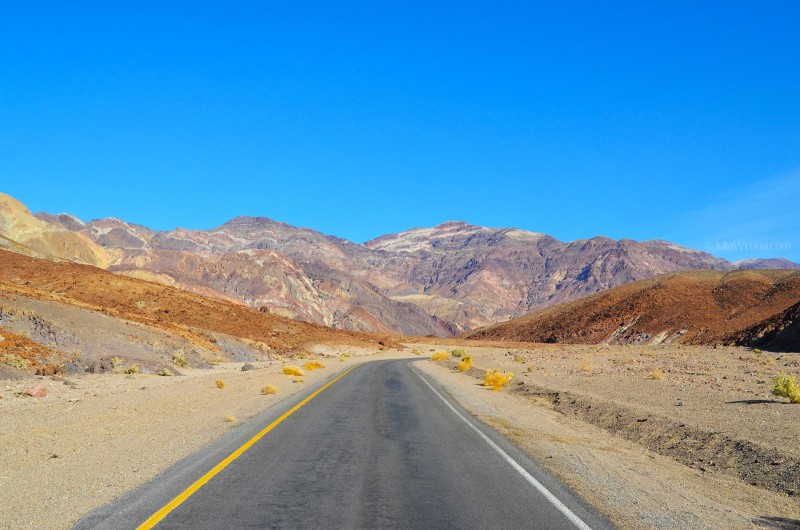
We first stopped at Stovepipe Wells Village which is 10 feet above sea level and it was about 68 degrees. Then we drove on to our campsite in Furnace Creek, 190 feet below sea level, and it lived up to its name. It was 100˚F, nowhere near the world record, but hot for early March.
We continued on to Badwater Basin, 282 feet below sea level and the lowest point in North America. We hiked out a bit into the Salt Flats which cover 200 square miles in Death Valley.
We hiked around the colorful volcanic formations in the Artist Palette, which were naturally created by the oxidation of different metals.
And we hiked through Golden Canyon at sunset.
As we left Golden Canyon at dusk a windstorm was whipping the sand at us and we were forced to eat and hang out in the car in Furnace Creek because the sand was blasting us. All night long the car rocked in the wind and we couldn’t open the windows because we’d be covered in sand.
The next day we checked out Zabriskie point.
Death Valley is an amazing place, but I can’t imagine trying to camp there or hike there in the summer. Though now that I write that, I suppose I’ve made it an extreme challenge for another time.

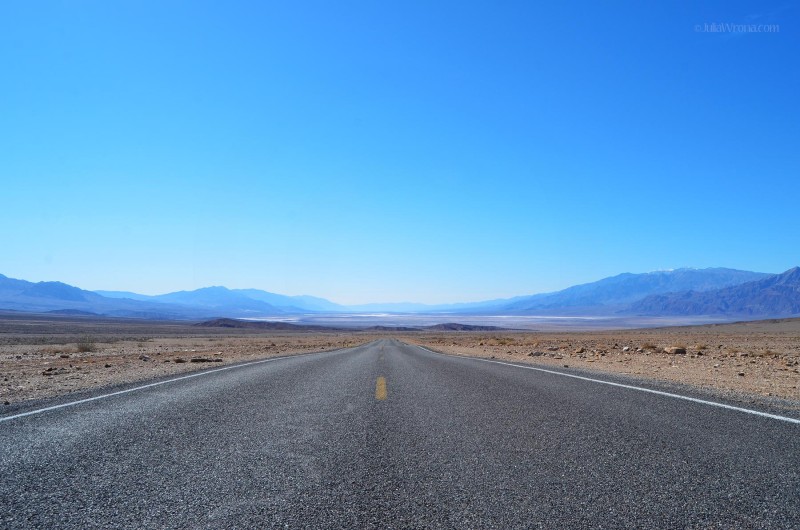
After spending an amazing month in California we drove east out of Death Valley and into Nevada.
Click here to buy prints from this post.




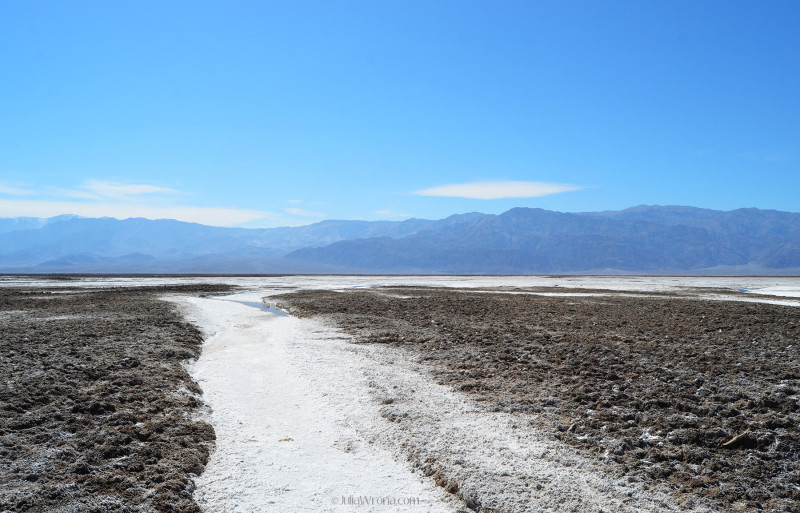


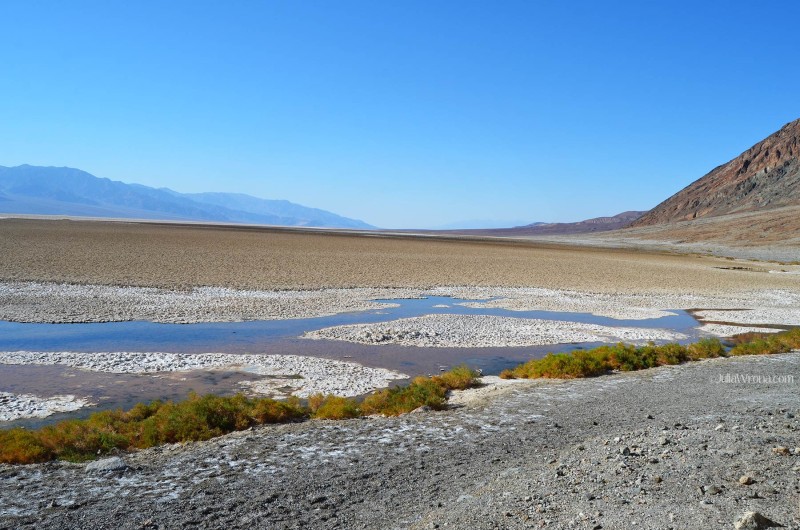


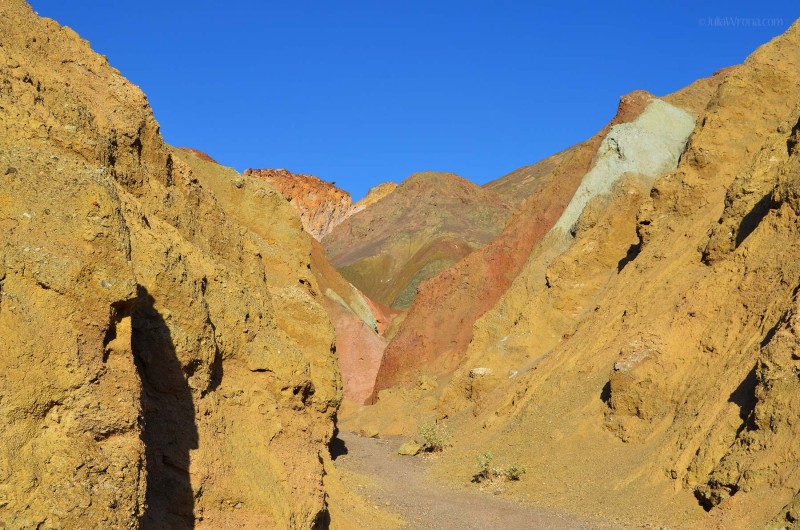

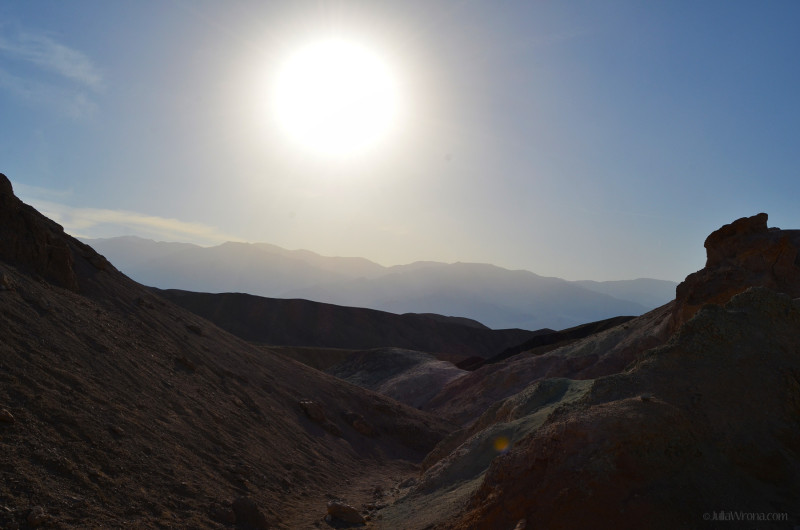
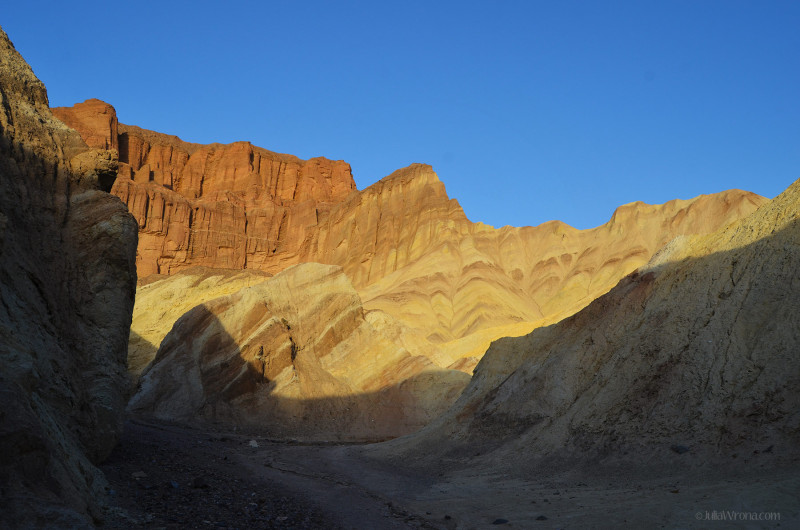
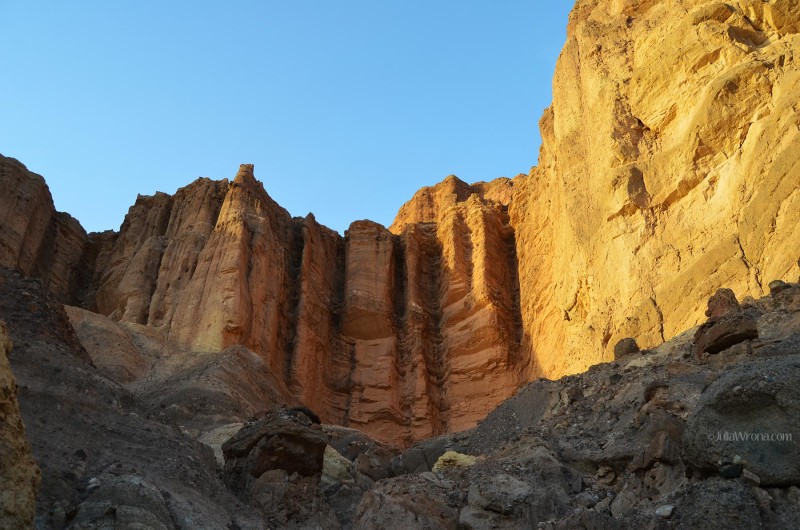
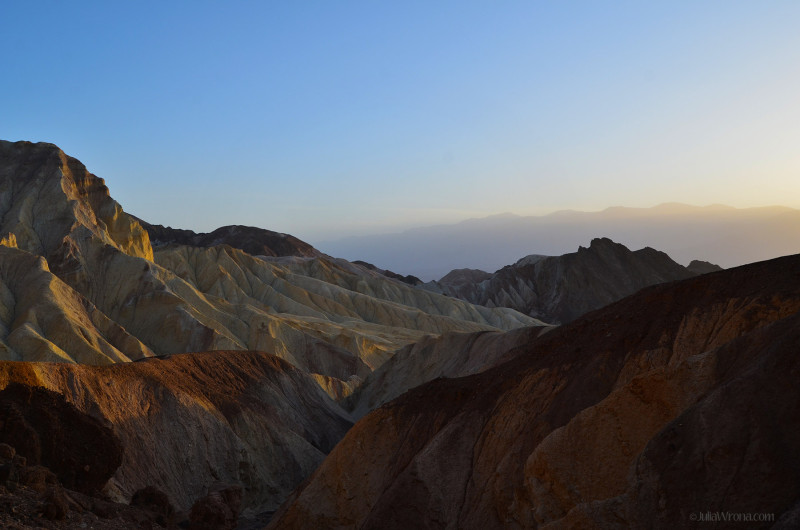




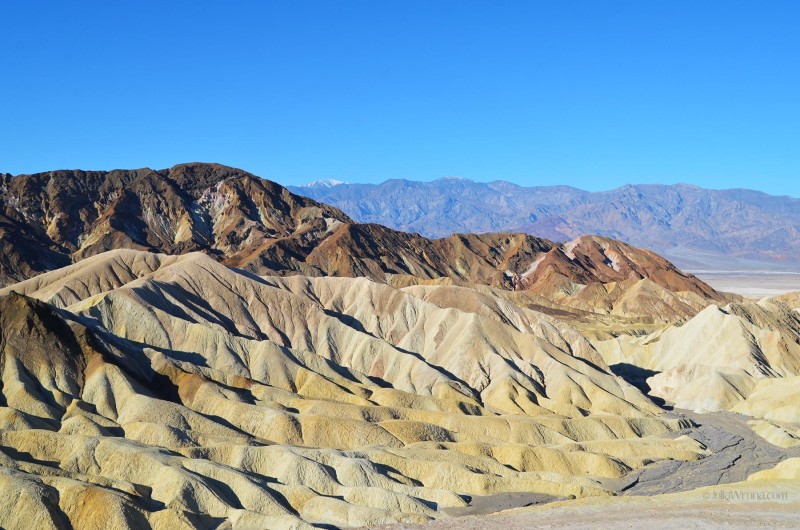
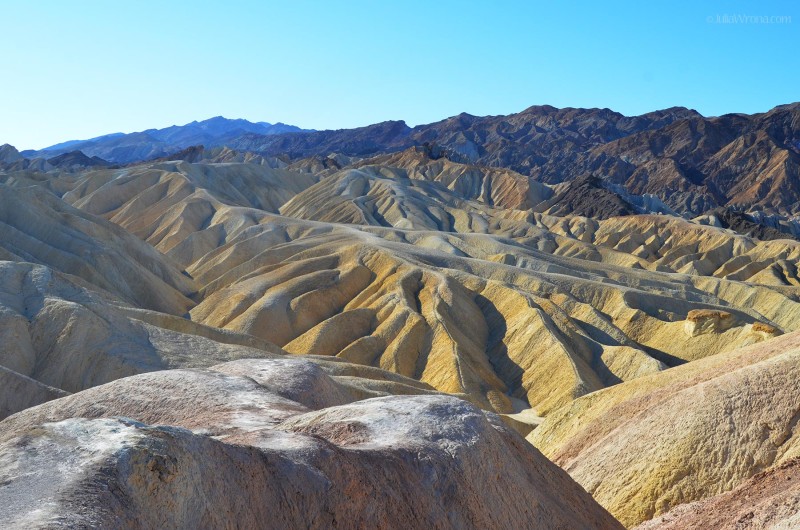



One Trackback
[…] Shenandoah, the Rocky Mountains, Grand Staircase Escalante, Zion, Acadia, the Hollyridge Trail, Death Valley, Konza Prairie… And on every challenging hike it’s the same emotional roller coaster: this is […]